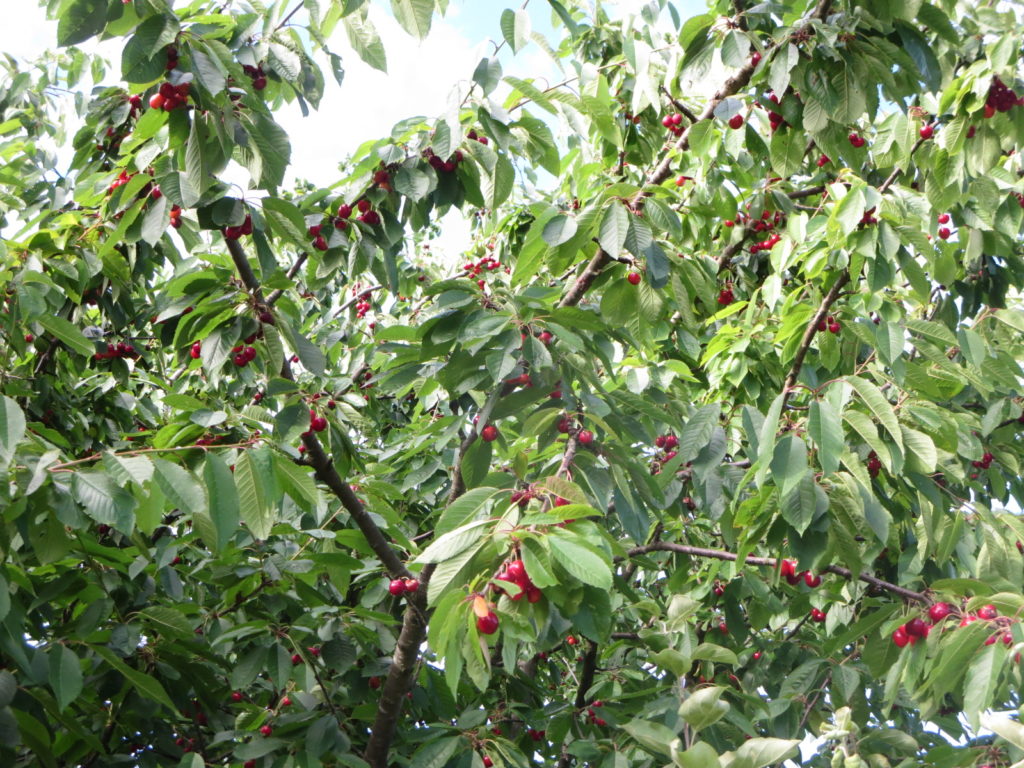health
Food Production Inefficiencies
“We live in a world where about one third of our food goes to waste while hundreds of millions of people go hungry.” This week we summarize for you a CBC Radio podcast, an hour long discussion about food production inefficiencies and what it means to us. Here’s the link to the original podcast:
Confronting the “Perfect Storm” – How to Feed the Future
Waste expert Tammara Soma and international food security expert Tim Benton seek out creative solutions to a looming disaster.

The Problem
The following problems related to food production were identified during the discussion:
- 800 million people are under-nourished
- 2 billion people are overweight or obese
- there are more people in the world who are obese than who are underweight
- unsustainable health costs resulting from poor diets
- wide spread environmental degradation from food production
- about 1/4 of the world’s soil is degraded
- biggest threat to biodiversity comes from agriculture
- for every person on the planet it takes on average 10 oz (284 grams) of pesticides to produce their food
- air and water quality around the world is degraded
- 50% of our calories come from 3 crops (everybody in the world is eating more or less the same basic diet)
- long supply chains leave costs locally but take profits away
Case study
Douglas Rasugu sees a lot of food waste on his french green bean farm in Kenya – and it’s mostly due to picky consumers and their high aesthetic standards (e.g. size, marks, insect bites). His yield is about 6 tons of beans per acre but:
- about 60% is lost due to aesthetic standards, that’s 3.6 tons
- there are transport losses during shipping
- some gets spoiled in the store and some in our fridges
- this results in only about 1-2 tons equivalent being eaten
Not only that. Water loss is significant. Total loss of water that has gone into producing this yield is 450,000 liters that is thrown away. Also, an acre of his field would require about 200 kilograms of fertilizer. This fertilizer had to be produced, transported and applied. Most of all that has gone to waste.
Solution
Here are some ideas on how we can prevent a looming disaster:
- we need to consume less, food production is increasing but the amount consumed by an individual is also increasing
- retailers need to shape a more sustainable consumption model
- we need to value food more (e.g. not think we can throw it away)
- we need to value the need to preserve the environment
- buy today eat today practice from Indonesia (instead of stocking up)
- produce and consume locally (global supply chains disconnect us from the food)
- increased food prices
- promote food system efficiency (not just agriculture efficiency)
We hope this summary was helpful. Our goal is to spread health related information on regular basis and to keep the delivery method simple and easy to read.
